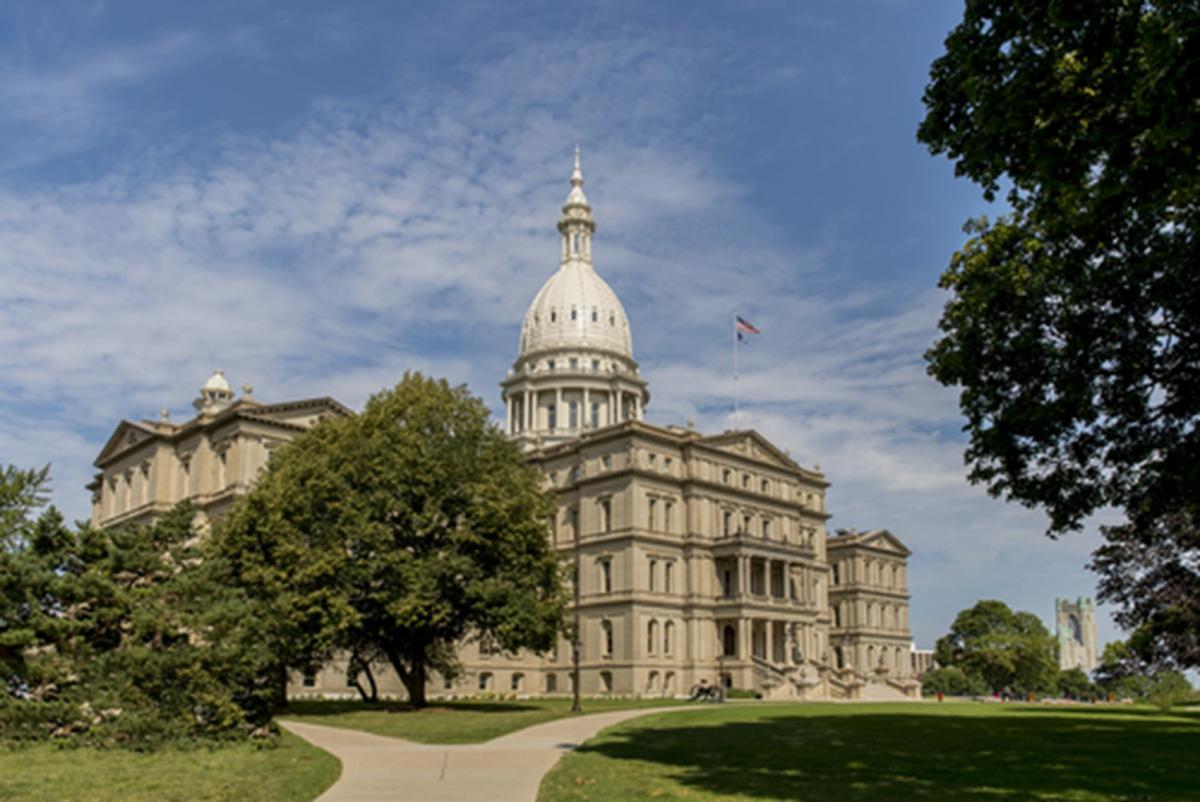
The states that offer a retirement program for private-sector employees whose employers do not have a new prospective member: Michigan. Legislation has been entered in the state House of Representatives that would create such a program in the Wolverine State.
The Retirement Savings Program Act, HB 5461, was introduced by Rep. Mike McFall (D-Hazel Park) on Feb. 21, 2024. It would create the Michigan Secure Retirement Savings Program, an automatic enrollment payroll deduction IRA program, to increase retirement plan coverage and savings options for employees in the state.
Employees
The bill provides that employees would be automatically enrolled. Participating employees would have the ability to:
- select a contribution level;
- change their contribution level at any time;
- change their investment selection; and
- opt out of participation.
Employers
The measure would apply to private-sector employers in Michigan, which refers to persons or entities engaged in a for-profit or nonprofit business, industry, profession, trade, or other enterprise in the state, that:
- have continuously during the previous calendar year employed at least one employee;
- have been in business at least 730 days after the person's or entity's first payroll; and
- have not offered a qualified retirement plan in the preceding 730 days.
Covered employers would not include the federal government, nor the state of Michigan or any of its political subdivisions.
Secure Retirement Savings Board
The legislation would create the Secure Retirement Savings Board to administer the program. Its duties would include:
- establishing default, minimum, and maximum employee contribution rates;
- setting the maximum default contribution rate, which could not exceed 15% of the enrollee's wages;
- setting an escalation schedule to automatically increase each enrollee's contribution rate annually until the contribution rate is equal to the maximum contribution rate;
- establishing an implementation timeline under which employers will enroll their employees in the program;
- providing advance notice to employers of their enrollment date and the amount of time to complete enrollment;
- establishing and maintaining a website to assist employers in identifying private-sector providers of retirement arrangements that can be set up by the employer rather than participating in the program if private-sector providers show sufficient interest in the website and furnish the funding necessary to establish and maintain it.
- submit a report by July 1 of each year to the governor and the standing committees of the state Senate and House of Representatives concerned with retirement that provides a summary of the benefits provided by the program; and
- provide a report to each enrollee, at least annually, of the contributions and investment income allocated to, withdrawals from, and balances in the enrollee's program account for the reporting period.
The board would have seven members. They would include:
- the state treasurer, or his or her designee, who would serve as chair;
- a designee of the state treasurer;
- the director of the department of technology, management, and budget or his or her designee;
- two members of the public who possess expertise in retirement savings plan administration or investment, or both, appointed by the governor;
- a representative of participating employers, appointed by the governor; and
- a representative of enrollees, appointed by the governor.
Secure Retirement Savings Program Fund
HB 5461 would create the Secure Retirement Savings Program Fund, which would be a trust independent of the state treasury; the Secure Retirement Savings Board would serve as its trustee. The fund would include enrollees’ IRAs, which would be maintained as individual accounts. The fund would consist of money received from enrollees and participating employers through automatic payroll deductions and contributions.
Implementation
HB 5461 provides that the program be implemented not later than 24 months after the effective date of this act.
- Log in to post comments
